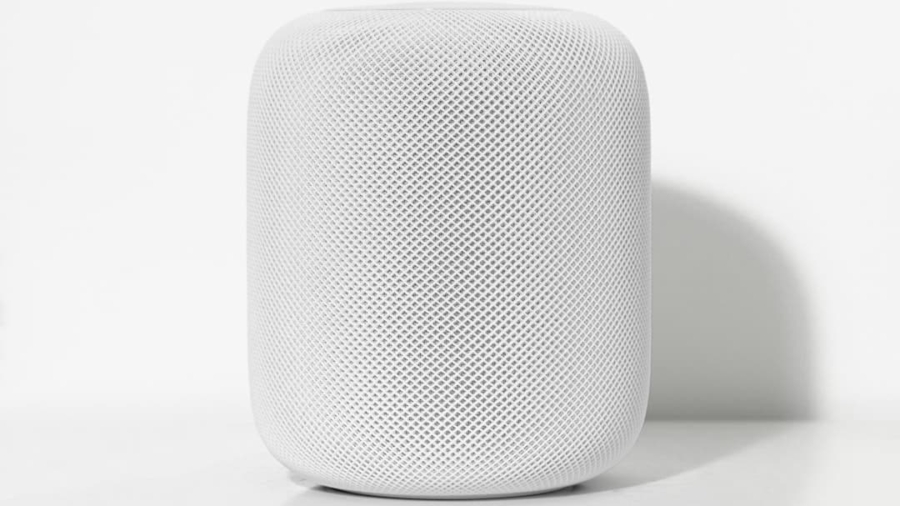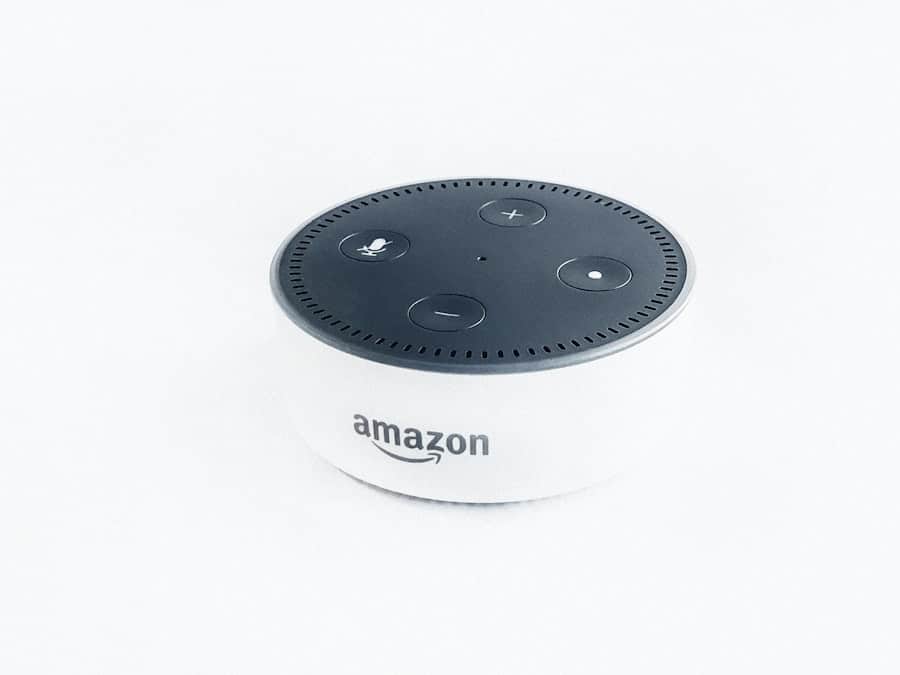Voice-controlled technology has revolutionized the way we interact with our devices, making it possible to perform tasks hands-free and with minimal effort. At its core, this technology relies on natural language processing (NLP) and machine learning algorithms to interpret spoken commands and execute them accordingly. The evolution of voice recognition systems has been remarkable, transitioning from basic command recognition to sophisticated systems capable of understanding context, nuances, and even accents.
This advancement has paved the way for a seamless integration of voice control in various aspects of daily life, particularly in the kitchen. In the kitchen, voice-controlled technology can serve as a virtual assistant, helping users manage their cooking tasks more efficiently. For instance, one can ask a voice assistant to set timers, convert measurements, or even provide recipes while cooking.
This hands-free capability is particularly beneficial when one’s hands are busy with food preparation or when multitasking. Moreover, the integration of voice control with smart appliances enhances the overall cooking experience, allowing for a more streamlined and enjoyable process. As consumers increasingly seek convenience and efficiency in their homes, understanding the capabilities and limitations of voice-controlled technology becomes essential for maximizing its potential.
Key Takeaways
- Voice-controlled technology allows users to interact with devices using spoken commands, making tasks more convenient and efficient.
- When choosing a voice-controlled device for your kitchen, consider factors such as compatibility with other smart devices, voice recognition accuracy, and available features.
- Setting up a voice-controlled device involves connecting it to your Wi-Fi network, downloading the corresponding app, and completing the device’s setup process.
- Connecting your kitchen appliances to voice-controlled technology can be done through compatible smart plugs, switches, or directly through integrated smart features.
- Customizing voice commands for your smart kitchen allows you to personalize your experience and create shortcuts for frequently used tasks.
- Exploring voice-controlled kitchen apps and features can enhance your cooking experience by providing access to recipes, cooking tips, and hands-free control of appliances.
- Troubleshooting common issues with voice-controlled technology may involve checking Wi-Fi connectivity, updating software, or retraining the device for better voice recognition.
- Maximizing the benefits of a voice-controlled smart kitchen includes integrating multiple devices, utilizing voice commands for various tasks, and staying updated on new features and capabilities.
Choosing the Right Voice-Controlled Device for Your Kitchen
Popular Options and Their Unique Features
Popular options include smart speakers like Amazon Echo, Google Nest Hub, and Apple HomePod. Each device comes with its unique ecosystem and capabilities; for example, Amazon Echo integrates seamlessly with Alexa-compatible appliances, while Google Nest Hub offers a visual interface that can display recipes and cooking videos.
Evaluating Features and Compatibility
Evaluating these features in relation to your specific needs is crucial for making an informed decision. Another important consideration is the device’s ability to connect with other smart home systems. Many modern kitchens are equipped with a variety of smart appliances, from refrigerators to ovens, that can be controlled via voice commands.
Size, Design, and Accessibility
Ensuring that your chosen voice-controlled device can communicate effectively with these appliances will enhance your kitchen’s functionality. Additionally, consider the size and design of the device; it should fit well within your kitchen’s aesthetic while being easily accessible during cooking tasks. By carefully assessing these factors, you can select a voice-controlled device that not only meets your needs but also enhances your overall kitchen experience.
Setting Up Your Voice-Controlled Device
Once you have chosen a voice-controlled device for your kitchen, the next step is setting it up properly to ensure optimal performance. The setup process typically involves connecting the device to your home Wi-Fi network and downloading the corresponding app on your smartphone or tablet. For instance, if you opt for an Amazon Echo device, you would need to download the Alexa app to manage settings and connect compatible devices.
During this process, you may also be prompted to create an account or log in to an existing one, which is essential for accessing various features and services. After connecting to Wi-Fi, it’s important to customize the settings according to your preferences. This may include adjusting the wake word (the phrase used to activate the device), setting up voice profiles for different users, and enabling skills or features that enhance functionality.
For example, you might want to enable cooking-related skills that allow your device to provide step-by-step instructions for recipes or set timers for specific cooking tasks. Taking the time to personalize these settings will not only improve your interaction with the device but also ensure that it serves your kitchen needs effectively.
Connecting Your Kitchen Appliances to Voice-Controlled Technology
Integrating your kitchen appliances with voice-controlled technology can significantly enhance your cooking experience by allowing you to control them through simple voice commands. Many modern appliances come equipped with smart technology that enables them to connect to Wi-Fi and communicate with voice assistants. For instance, smart ovens can be preheated remotely, while smart refrigerators can provide inventory updates or suggest recipes based on available ingredients.
To connect these appliances, you typically need to follow specific instructions provided by the manufacturer.
For example, if you have a smart oven from a brand like Samsung or LG, you would first install their respective apps and create an account.
Once set up, you can link these apps to your voice assistant through the main app (like Alexa or Google Assistant). This integration allows you to issue commands such as “preheat the oven to 350 degrees” or “turn on the coffee maker,” streamlining your cooking process and reducing the need for manual adjustments.
Customizing Voice Commands for Your Smart Kitchen
One of the most appealing aspects of voice-controlled technology is the ability to customize voice commands according to personal preferences and routines. Most voice assistants allow users to create personalized commands or routines that can simplify complex tasks into single phrases. For instance, if you frequently prepare breakfast in the morning, you could set up a routine that includes turning on the coffee maker, preheating the oven, and reading out a recipe—all triggered by a single command like “Good morning.” Additionally, customizing commands can enhance accessibility for all family members.
For example, if someone in your household has difficulty pronouncing certain words or phrases, you can create alternative commands that are easier for them to use. This flexibility not only makes technology more inclusive but also encourages everyone in the household to engage with smart kitchen devices confidently. By taking advantage of these customization options, you can create a more intuitive and user-friendly environment in your kitchen.
Exploring Voice-Controlled Kitchen Apps and Features
Streamlining Meal Planning and Grocery Shopping
Many voice assistants come equipped with built-in features such as recipe suggestions, meal planning tools, and grocery list management. For instance, users can ask their voice assistant for dinner ideas based on specific ingredients they have on hand or request a shopping list for their next grocery trip. This capability not only saves time but also reduces food waste by encouraging users to utilize what they already have.
Expanding Functionality with Third-Party Apps
Third-party apps can further expand the functionality of voice-controlled devices in the kitchen.
Users can search for recipes based on dietary restrictions or preferred cuisines simply by speaking their requests aloud.
Transforming Cooking into an Engaging Experience
Additionally, some apps allow users to follow along with cooking videos while receiving step-by-step instructions from their voice assistant. This interactive approach transforms cooking from a solitary task into an engaging experience that can be shared with family members or friends.
Troubleshooting Common Issues with Voice-Controlled Technology
Despite its many advantages, users may encounter common issues when using voice-controlled technology in their kitchens. One frequent problem is connectivity issues between devices. If a voice assistant cannot communicate with a smart appliance, it may be due to Wi-Fi disruptions or compatibility problems between different brands.
To troubleshoot this issue, users should first check their Wi-Fi connection and ensure that all devices are connected to the same network. Restarting both the voice assistant and the appliance may also resolve temporary glitches. Another common challenge is misinterpretation of commands by the voice assistant.
This can occur due to background noise or unclear speech patterns. To improve accuracy, users should try speaking clearly and at a moderate pace when issuing commands. Additionally, many devices allow users to train their assistants by repeating specific phrases or commands multiple times; this helps improve recognition over time.
If issues persist despite these efforts, consulting online support forums or contacting customer service for assistance may provide further solutions.
Maximizing the Benefits of a Voice-Controlled Smart Kitchen
To fully leverage the advantages of a voice-controlled smart kitchen, users should adopt best practices that enhance efficiency and convenience in their cooking routines. One effective strategy is integrating meal planning into daily life by utilizing voice commands to organize weekly menus and grocery lists. By consistently using these features, users can streamline their shopping trips and reduce last-minute meal decisions that often lead to unhealthy choices.
Additionally, embracing automation through routines can significantly improve kitchen efficiency. For example, setting up evening routines that involve preparing slow-cooked meals or scheduling coffee brewing times can help establish a more organized daily rhythm. By taking advantage of these capabilities, users not only save time but also create opportunities for family bonding during meal preparation and enjoyment.
In conclusion, understanding and implementing voice-controlled technology in the kitchen offers numerous benefits that enhance both functionality and enjoyment in cooking tasks. By choosing the right devices, customizing commands, exploring available apps, troubleshooting issues effectively, and maximizing automation strategies, users can transform their kitchens into efficient smart environments that cater to their culinary needs.
If you’re interested in setting up a voice-controlled smart kitchen, you may also want to check out this article on the best software for small business in 2023. Just like optimizing your kitchen with the latest technology, finding the right software can streamline your business operations and improve efficiency. Both articles offer valuable insights on how to leverage technology to enhance different aspects of your life.
FAQs
What is a voice-controlled smart kitchen?
A voice-controlled smart kitchen is a kitchen equipped with smart devices that can be controlled using voice commands. These devices can include smart speakers, smart appliances, and other connected gadgets.
What are the benefits of setting up a voice-controlled smart kitchen?
Setting up a voice-controlled smart kitchen can make cooking and meal preparation more convenient and efficient. It allows for hands-free control of various kitchen tasks, such as setting timers, adjusting temperatures, and accessing recipes.
How can I set up a voice-controlled smart kitchen?
To set up a voice-controlled smart kitchen, you will need to invest in smart devices that are compatible with voice assistants such as Amazon Alexa, Google Assistant, or Apple Siri. This can include smart speakers, smart light bulbs, smart thermostats, and smart appliances.
What are some popular voice-controlled smart kitchen devices?
Popular voice-controlled smart kitchen devices include smart speakers like Amazon Echo or Google Home, smart thermostats like Nest, smart refrigerators, and smart ovens. These devices can be integrated with voice assistants to enable hands-free control.
Are there any privacy or security concerns with voice-controlled smart kitchens?
There can be privacy and security concerns with voice-controlled smart kitchens, as these devices are constantly listening for voice commands. It’s important to review and understand the privacy policies of the devices and to take steps to secure your home network and devices.



